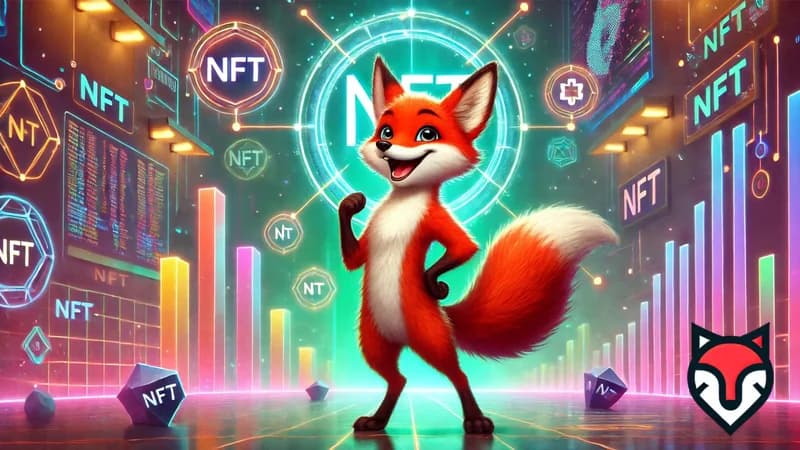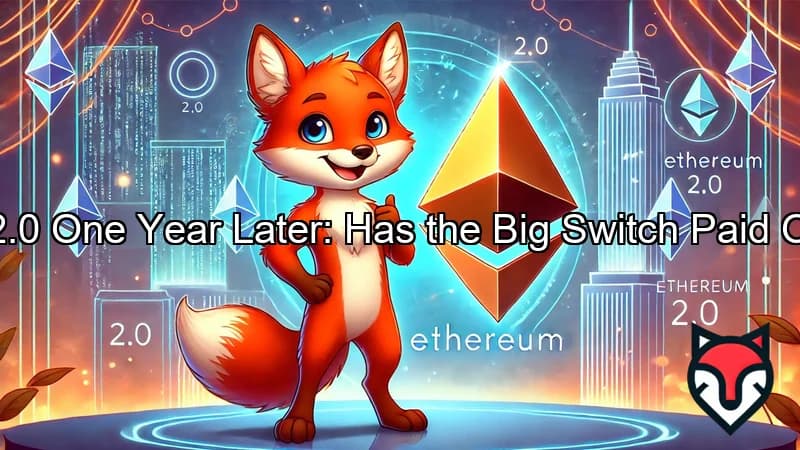Latest Articles
News
Last updated: Sunday, March 23, 2025

Directed Acyclic Graphs (DAG) - A Blockchain Alternative Like IOTA
As of March 23, 2025, Directed Acyclic Graphs (DAG) have emerged as a compelling alternative to traditional blockchain technology, with projects like IOTA leading the charge. Unlike blockchains that chain blocks linearly, DAGs structure transactions as a web of interconnected nodes, promising greater scalability, speed, and efficiency. Authored by cryptostats.xyz, this article dives into how DAGs work, their advantages over blockchain, and why they’re seen as a game-changer in distributed ledger technology (DLT), spotlighting IOTA’s innovative Tangle.
What Are Directed Acyclic Graphs?
A DAG is a data structure where nodes (transactions or events) connect via directed edges, flowing in one direction without loops—hence 'acyclic.' In blockchain, transactions are bundled into blocks, processed sequentially, and mined. DAGs ditch blocks entirely; each new transaction links to and validates prior ones, forming a graph. IOTA’s Tangle, launched in 2016, exemplifies this: to send a transaction, a user must verify two others, creating a self-sustaining network without miners. This contrasts with Bitcoin’s 7 TPS or Ethereum’s 15 TPS, as DAGs scale with usage.
How IOTA’s Tangle Works
IOTA’s Tangle redefines DLT for the Internet of Things (IoT). Here’s the breakdown:
- No Blocks: Transactions are individual nodes, linked directly to others.
- Consensus: Users validate two prior transactions via a lightweight Proof-of-Work, eliminating fees.
- Scalability: More transactions mean more validations, boosting throughput—hitting 1,000+ TPS in tests by 2025.
Unlike blockchain’s miner-driven model, Tangle’s every participant contributes to security and speed, making it ideal for IoT micropayments—like a smart car paying for charging in real-time.
 IOTA-technology-2025
IOTA-technology-2025Advantages Over Blockchain
DAGs tackle blockchain’s core limitations:
- Scalability: Parallel processing beats blockchain’s sequential bottlenecks—Nano, another DAG, clocks 7,000 TPS in 2024 trials.
- Cost: No miners, no fees—IOTA transactions are free, unlike Ethereum’s $2-10 gas costs.
- Energy Efficiency: DAGs use a fraction of Bitcoin’s 950 kWh per transaction; Hedera’s DAG sips 0.0001 kWh.
- Speed: Asynchronous validation slashes latency—Fantomas DAG processes transactions in under a second.
These perks position DAGs as a blockchain ‘killer’ for high-volume, low-cost use cases.
Challenges and Risks
DAGs aren’t flawless:
- Centralization Risks: IOTA’s Coordinator (a centralized node) was phased out in 2024, but new networks may rely on temporary central controls, risking trust.
- Security: Without miners, DAGs lean on network activity—low usage can weaken consensus, as seen in IOTA’s 2020 attack ($1.5M loss).
- Adoption: Blockchain’s decade-long head start dwarfs DAGs’ $2B market cap versus Ethereum’s $400B in 2025.
Maturing DAGs must prove resilience at scale.
DAGs in 2025 and Beyond
DAG technology is accelerating:
- IOTA 2.0: Post-Coordinator, it’s fully decentralized, with 50+ firms (Dell, Intel) testing IoT use cases—1M+ daily transactions in Q1 2025.
- Hedera Hashgraph: Its DAG powers 10,000 TPS for enterprise, with $500M TVL.
- Nano: Feeless payments hit mainstream wallets, processing $50M monthly.
Experts forecast DAGs could claim 10% of DLT’s market by 2027 if scalability holds.
Conclusion
In 2025, Directed Acyclic Graphs like IOTA’s Tangle redefine DLT’s potential, outpacing blockchain in scalability, cost, and efficiency. They’re not just an alternative but a leap forward for IoT, payments, and beyond. Yet, security and adoption hurdles linger—DAGs must prove they can rival blockchain’s entrenched dominance. As Web3 evolves, DAGs offer a tantalizing glimpse of a faster, greener future. Track their rise with cryptostats.xyz!
Will DAGs overtake blockchain? Drop your prediction below!
Related Articles
Hashtag:







